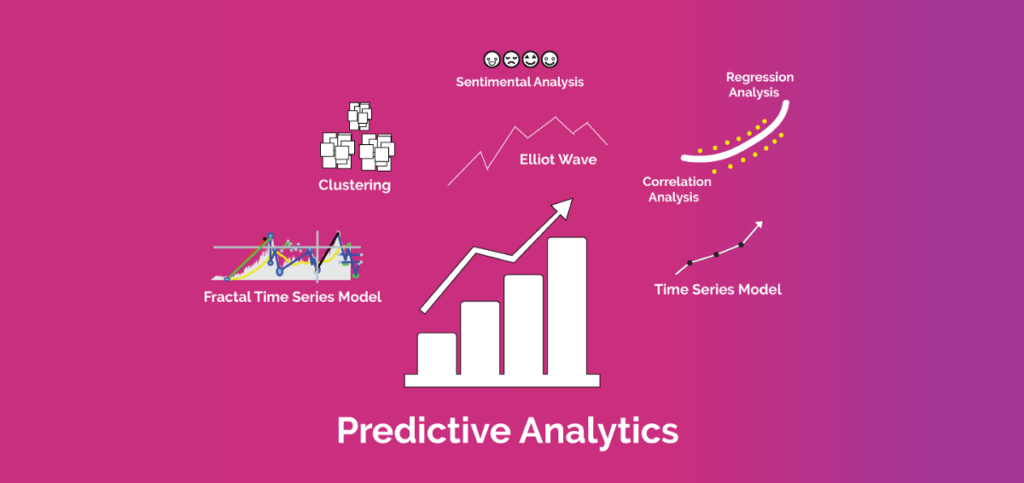
Free eBooks for Beginners
React Native is a popular platform for building mobile applications using JavaScript and React. In this article, we’ll be discussing a fundamental concept in React Native development called “state”. State is a crucial aspect of React Native and plays a key role in how your app functions and responds to user interactions.
So, what exactly is state in React Native? Simply put, state refers to the data or variables that determine a component’s behavior and render information to the user. It is used to track changes in a component and is an essential part of building dynamic and interactive apps.
In React Native, state is managed within a component, and it can be changed based on user interactions, API responses, and other events. For example, when a user taps a button in your app, the state of the component could change to reflect that action, which would then cause the component to re-render and display updated information to the user.
One of the key benefits of using state in React Native is that it allows you to create dynamic and responsive apps. By tracking changes in a component’s state, you can create an app that updates and reacts to user interactions in real-time, providing a more engaging and interactive user experience.
Another benefit of using state in React Native is that it can help you better manage and organize the data in your app. By keeping track of state within a component, you can ensure that the data you’re working with is up-to-date and accurate, and you can also avoid having to pass data between different components, which can lead to complex and difficult-to-maintain code.
So, how do you use state in React Native? To use state in a React Native component, you’ll need to create a state object that holds your initial data and update it based on user interactions and other events. When the state of a component changes, the component will re-render and display updated information to the user.
It’s important to keep in mind that state should only be modified using React’s setState() method, as directly modifying state can lead to unexpected behavior and bugs in your app. Additionally, it’s recommended to keep your state as simple and minimal as possible, as having too much state can lead to complex and difficult-to-debug code.
In conclusion, state is a crucial aspect of React Native development, and it plays a key role in how your app functions and responds to user interactions. By using state to track changes in a component, you can create dynamic and responsive apps that provide a more engaging and interactive user experience. So why not start using state in your React Native app today and see the difference it can make?
React Native for Beginners – Chapter 06: State
 Loading...
Loading...
Disclaimer: The information and code presented within this recipe/tutorial is only for educational and coaching purposes for beginners and developers. Anyone can practice and apply the recipe/tutorial presented here, but the reader is taking full responsibility for his/her actions. The author (content curator) of this recipe (code / program) has made every effort to ensure the accuracy of the information was correct at time of publication. The author (content curator) does not assume and hereby disclaims any liability to any party for any loss, damage, or disruption caused by errors or omissions, whether such errors or omissions result from accident, negligence, or any other cause. The information presented here could also be found in public knowledge domains.
